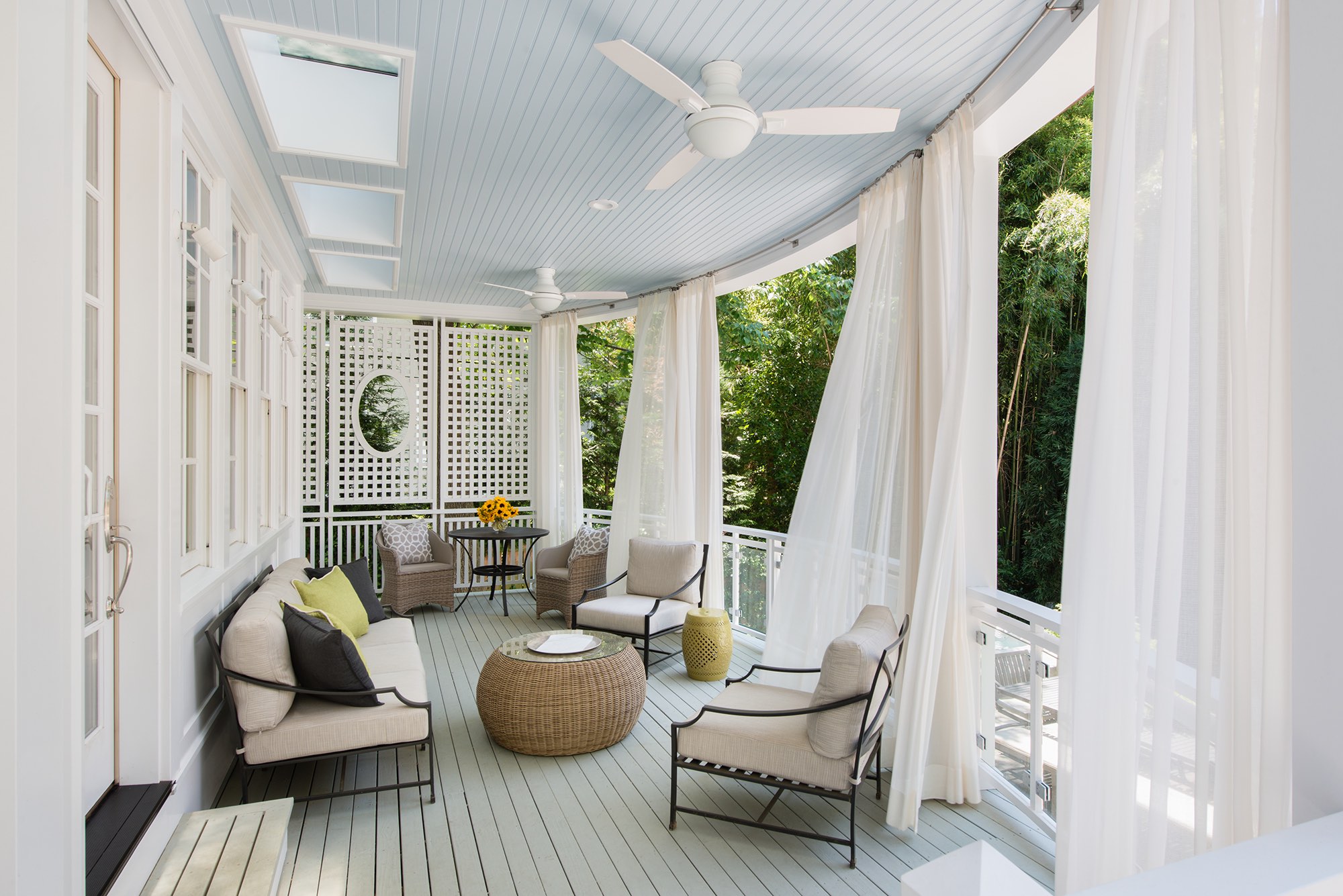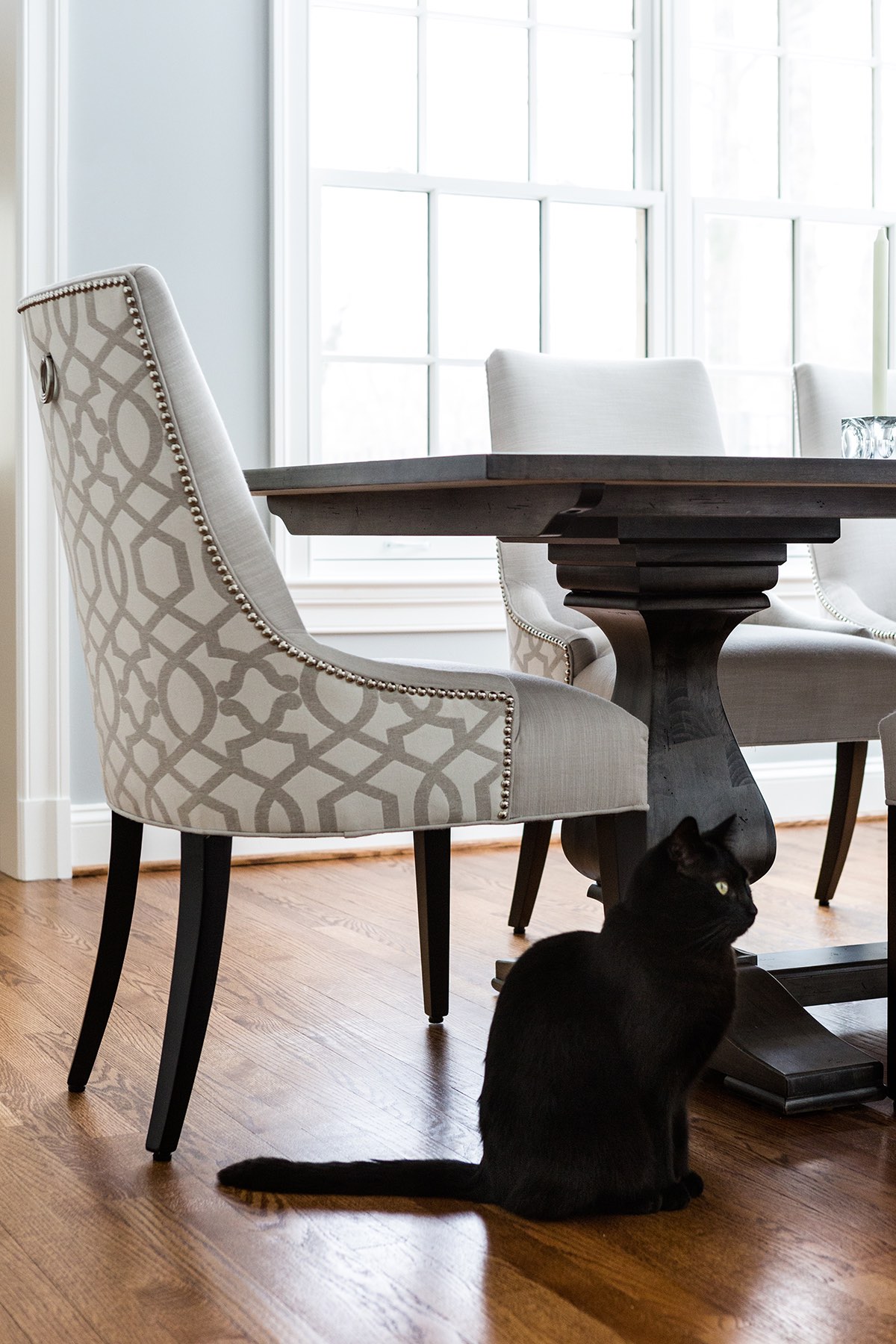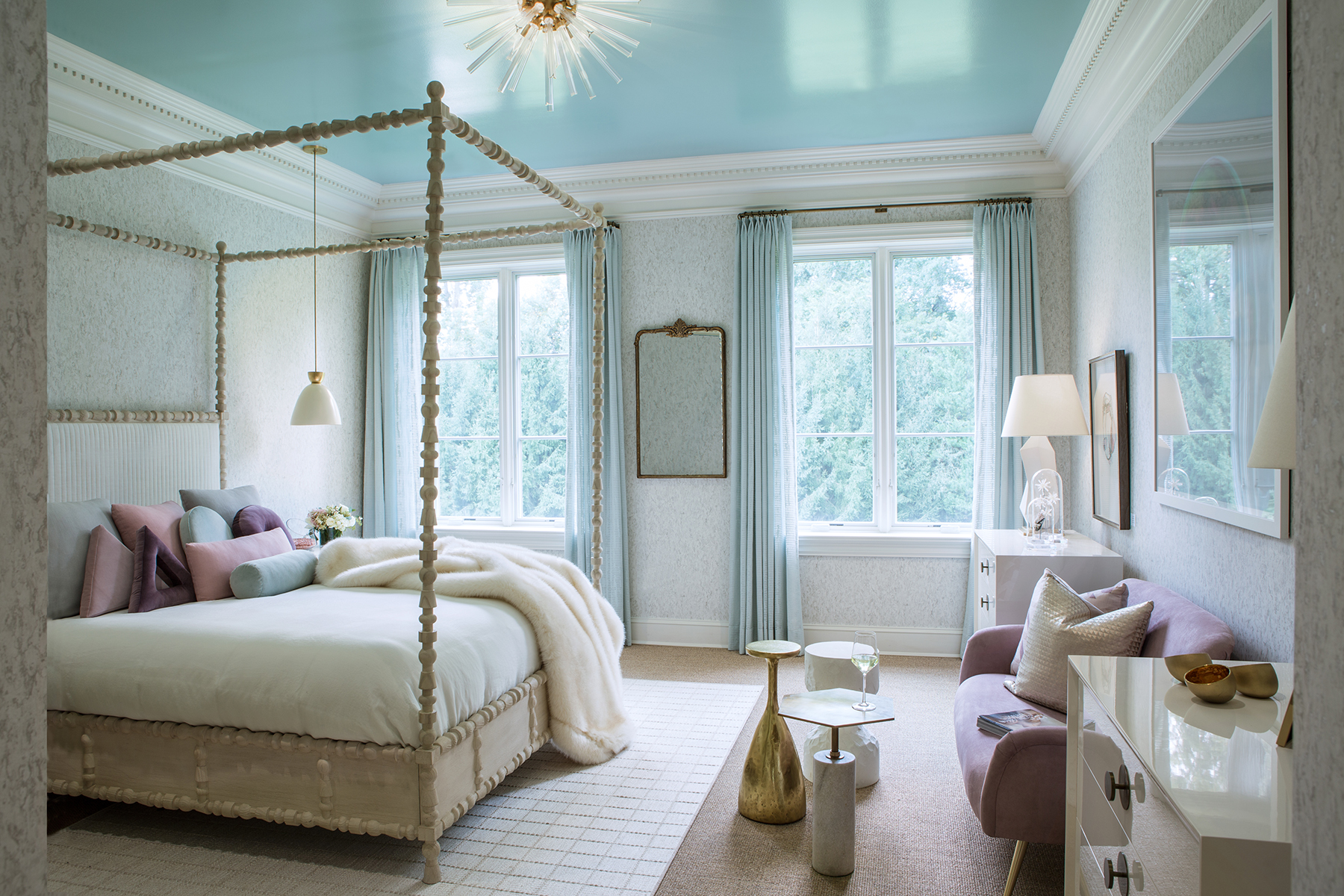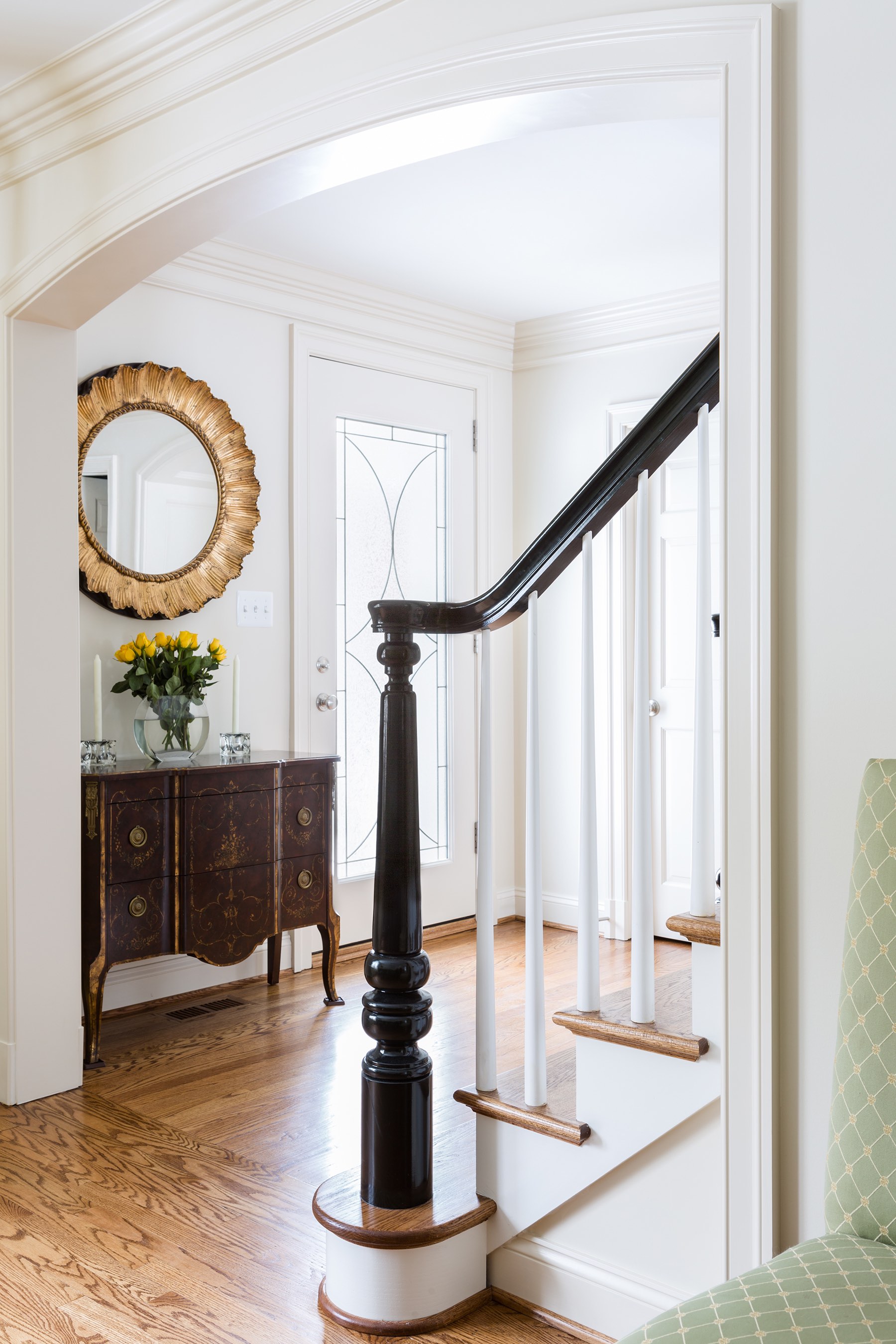Balance use of natural light.
Natural light is beautiful, changeable, and it can even be good for your health. But as with any design element, too much can overwhelm. It’s better to go for an effect that’s balanced, not blazing.
To get there, look at the space as a whole: the entire home, the surrounding lot, even the neighborhood. Mature trees, angles of sunlight throughout the year, landscaping, eaves, dormers, porticos—these and many more elements will have an effect on how much light gets into a house and where it flows.

A seldom-used deck became a great place to entertain and relax, when a roof was added to increase the shade level. Skylights and glass on the railings give natural light a subtle and serene pass-through.
Trace the path light takes through your home.

Light behaves a little like a liquid. It flows, pools, and bounces. It can shine through a window well or diffuse through a skylight.
The right lighting, such as subtle track lights down a narrow hallway, can even improve traffic flow as much as a structural change would. Large horizontal surfaces, such as counters or floors in light stone or tile, can magnify the effect of lighting.
Often, a typical kitchen or back deck add-on can end up bringing much more light into a home. A bright new addition can leave other parts of the home looking cavernous and dim by contrast. Or the typical “pop up” room or extra story can rob the back of the house of its original light flow.
A good design calibrates these effects and anticipates light movement, smoothing out the jolts.
Search for secret light enhancers and absorbers.
Interior design choices can make a big difference in how each room “reads” light.

A dark paint undertone—something the unschooled eye may not even notice—may unintentionally turn down your brightness. A paint consult can help you get the right effect. High-gloss surfaces, such as paint finishes or metallic fixtures, or even fabrics with sheen, can turn up the light volume.
Reflective surfaces and mirrors can be a secret weapon to boost light. Deploy these strategically, with the right materials, placements, and angles that will give you a glow, not a glare.

Muted gold trim on this well-placed mirror helps amp up the natural light wattage in this foyer.


